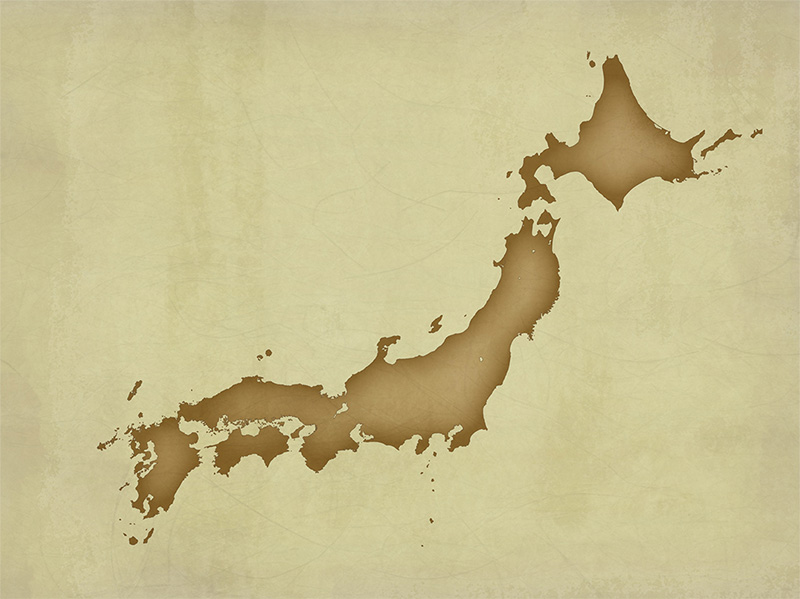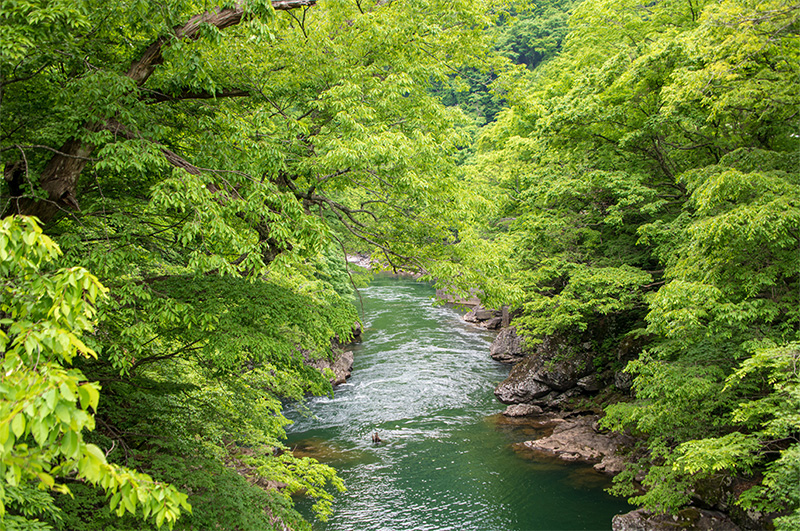5. Japanese Climate and Japanese Cuisine
Japanese cuisine is made with a wide variety of ingredients from Japan's rich natural environment.
Here's a look at what makes the ingredients that go into Japanese dishes so special.
Japan is a long, narrow, north-south arching island nation comprising the four main islands of Honshu, Shikoku, Kyushu and Hokkaido, and many other islands known collectively as the Japanese archipelago.

Japan is influenced by two climate zones, one is the subarctic zone from the north at 45 degrees north latitude, and the other is the subtropical zone from the south at 25 degrees north latitude. It is a great fishing ground where warm and cold currents collide in the nearshore waters.
There are 4,000 species of fish living in the seas and fresh waters of Japan, and as many as 300 different kinds of fish are sold in the fish markets throughout the nation.

Seventy percent of the country is covered by lush forests, making it a rainy region with an average annual rainfall of more than twice the global average at about 1,700 mm.
Because water flows from the mountains to the sea, the rivers that supply most of the nation’s water are steep and fast flowing.
Japan is blessed with ample water resources that allow free use without fear of shortage. The abundance of clean water available to wash away impurities and harmful substances imbued the Japanese people with the psychological feeling of being "cleansed" by water.
In addition, Japan belongs to the warm monsoon climate zone, which gives the country four distinct seasons and blesses it with abundant nature and a wide variety of fresh food that is harvested throughout the year. The humid climate has also led to the development of unique fermented foods such as miso and soy sauce.
Japanese cuisine is blessed with a rich variety of ingredients and pure water, which has inspired the development of cooking methods, techniques and more to give it a sense of seasonality that shows respect for nature.